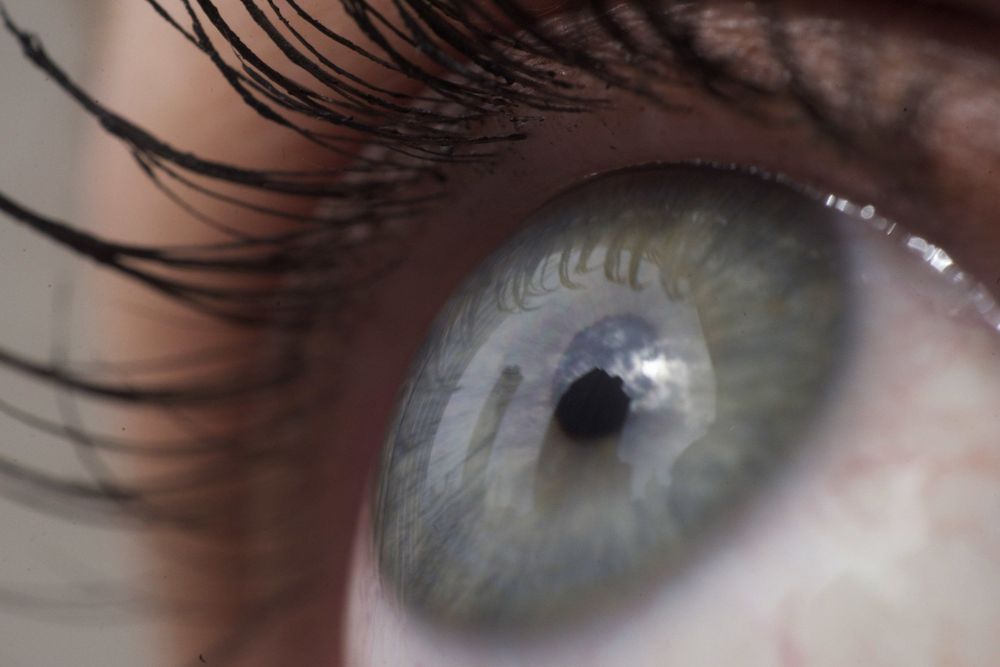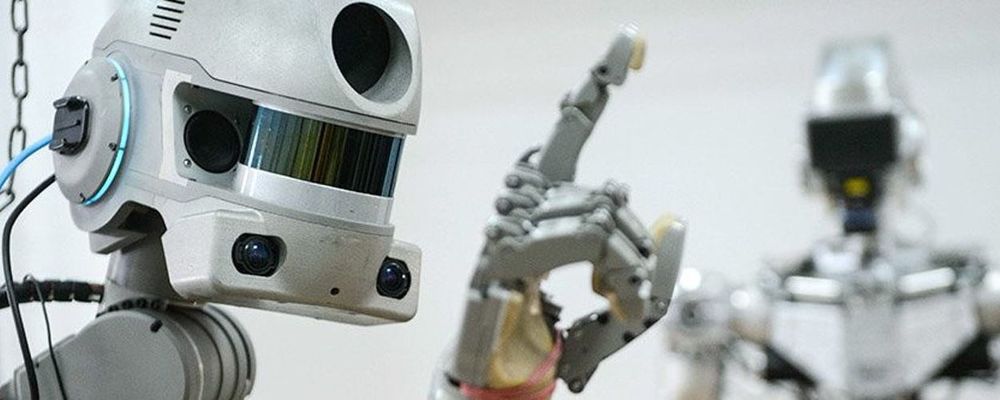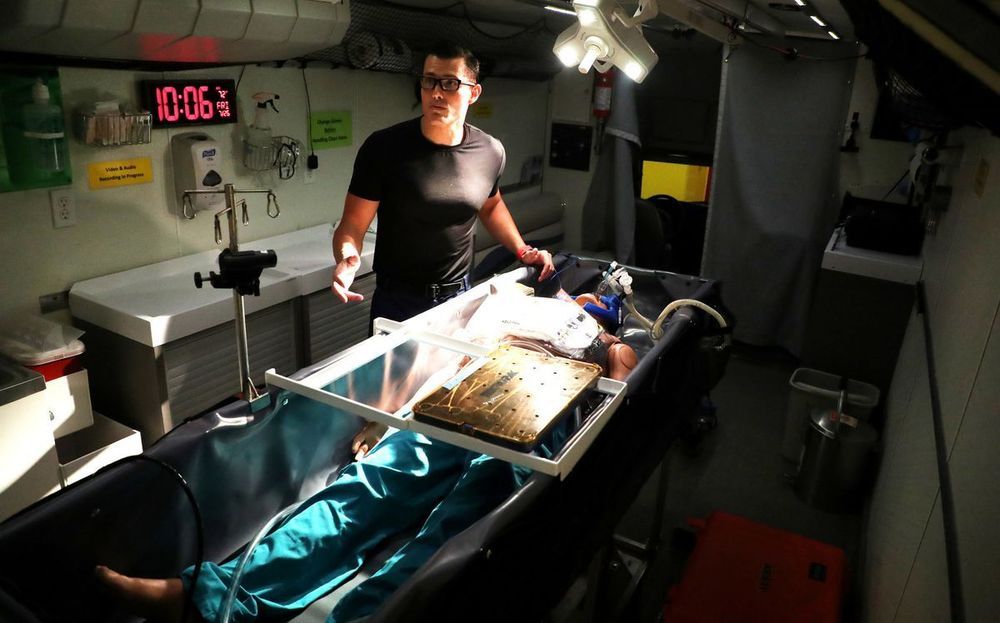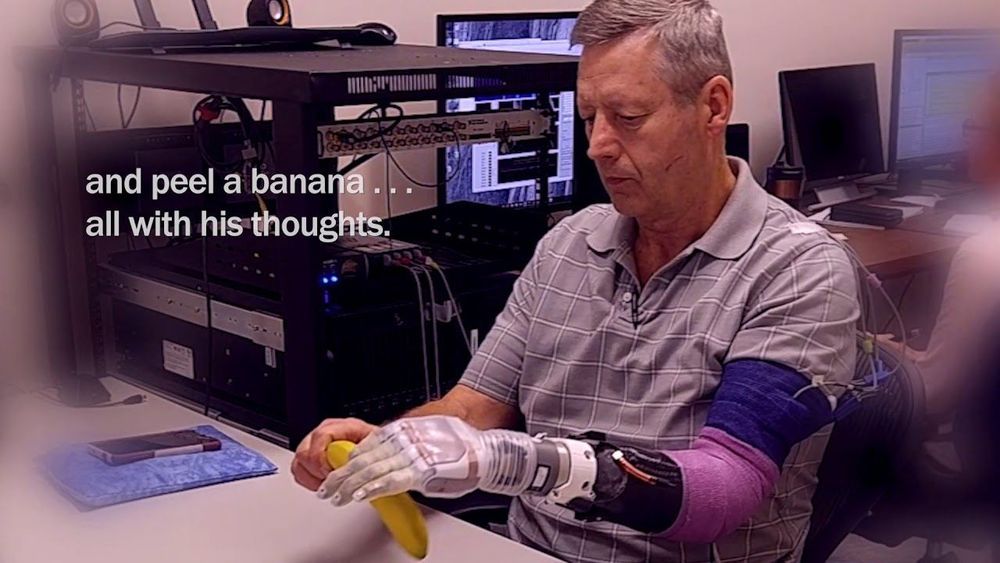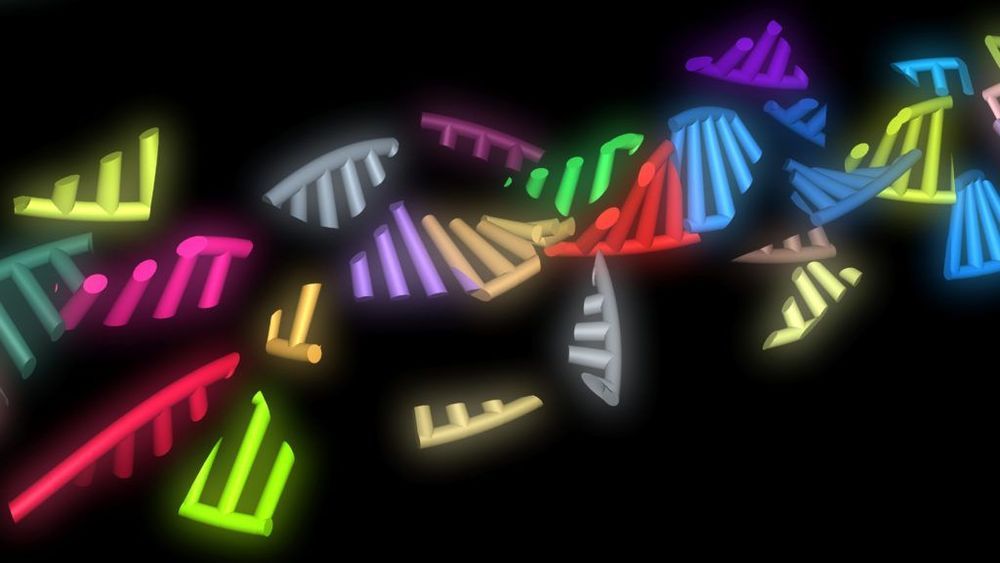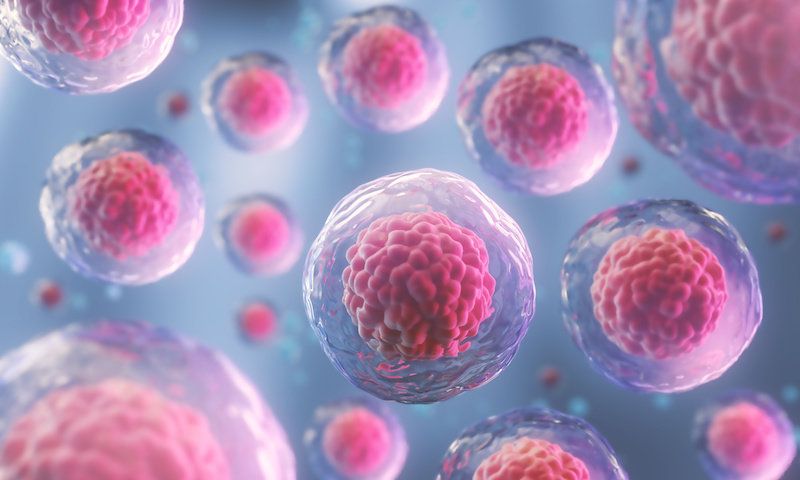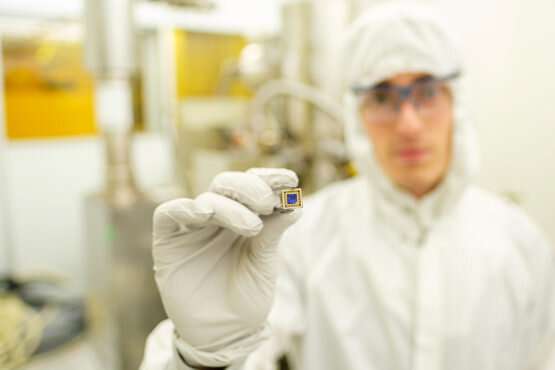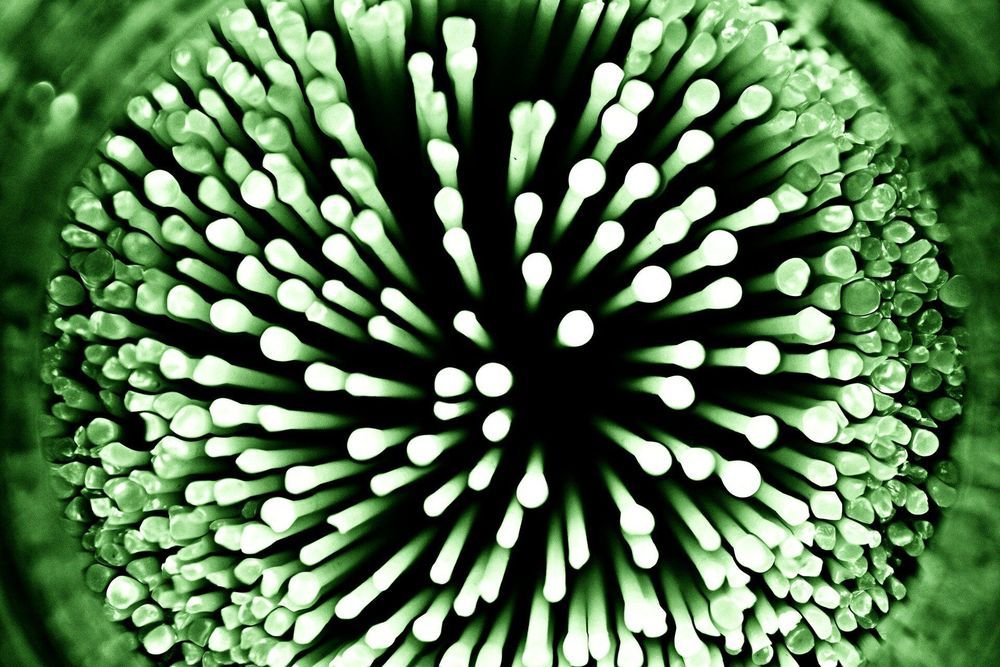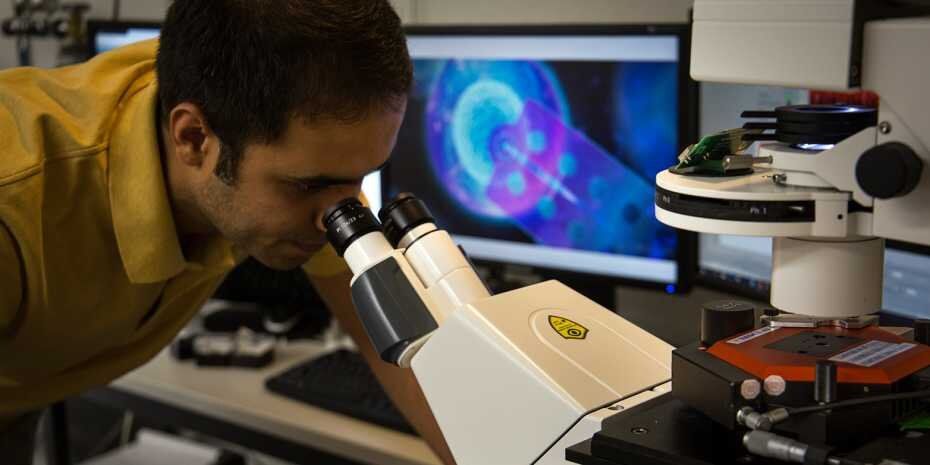Jul 27, 2019
First CRISPR study inside the body to start in US
Posted by Genevieve Klien in categories: biotech/medical, genetics, neuroscience
Patients are about to be enrolled in the first study to test a gene-editing technique known as CRISPR inside the body to try to cure an inherited form of blindness.
People with the disease have normal eyes but lack a gene that converts light into signals to the brain that enable sight.
The experimental treatment aims to supply kids and adults with a healthy version of the gene they lack, using a tool that cuts or “edits” DNA in a specific spot. It’s intended as a onetime treatment that permanently alters the person’s native DNA.
